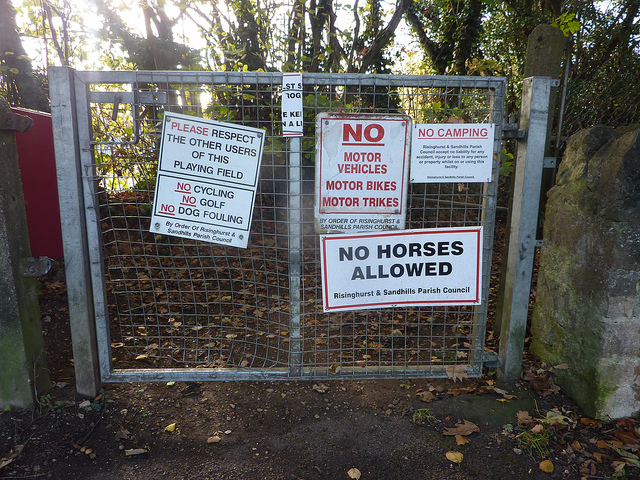The act of breaking off an engagement to be married, canceling the wedding plans, and managing gifts received is not high on any engaged couple’s list. Not only is it an expensive loss, with lost deposits and time, disengagement is emotionally painful.
According to Curt Coffman, Global Practice Leader for Q12 Management Consulting and coauthor of Gallup’s best-selling book, First, Break All the Rules, a large portion of the work force is living with the emotionally painful process of disengagement: “… 55% of all U.S. workers are not engaged, and 16% are actively disengaged, then 71% of the Americans who go to work every day aren’t engaged in their role.”
The reality is sobering—71% of today’s employees live each day with the emotional pain of disengagement at work. That’s the human capital bad news, but there is more to this story.
American businesses are operating at one third of their capacity.
Think about that: what if only one third of a bank’s branches opened each day? What if only one third of a manufacturing company’s machines operated at capacity every day?
Levels of engagement
As outlined in Gallup’s review, an business leaders face three levels of employee engagement: engaged, not engaged, or actively disengaged.
The “engaged” employees are builders. They use their talents, develop productive relationships, and multiply their effectiveness through those relationships. They perform at consistently high levels. They drive innovation and move their organization forward.
The employees that are “not engaged” aren’t necessarily negative or positive about their company. They basically take a wait-and-see attitude toward their job, their employer, and their coworkers. They hang back and don’t commit themselves.
This brings us to the “actively disengaged” employees, otherwise known as the “CAVE dwellers.” They’re “Consistently Against Virtually Everything.” We’ve all worked with an actively disengaged employee who is not just unhappy at work; he acts out that unhappiness. Every day, actively disengaged employees tear down what their engaged coworkers are building.
As Kerry Sulkowicz points out: “…if employees don’t feel that their CEO (or any boss, for that matter) isn’t the real McCoy on a human level, they won’t respond very well. They react with distrust, disengagement, and even despair at the prospect of an automaton at the helm.”
Opportunity
Fortunately, there is some good news, and that is this: where there is disengagement, there is also an opportunity for growth.
Returning to the analogy of our engaged couple, beyond their commitment level, what do we find? What must a couple have to move forward in a lifelong relationship?
To stay the course requires commitment and passion. For a couple, this intense emotion is the result of liking each other. They are “enthusiastic” about the each other. They are passionate about having found the “love of their life.”
Staying engaged as an employee also requires commitment and passion. They must feel passionate about their work to remain committed to their job, their boss, and their company.
Even when you are an engaged leader, if your employees are not passionate about their role, it will be difficult for them to remain engaged and committed. Living life with purpose and passion while serving others is the key to a satisfying work life experience.
As a leader, it’s up to you to take the first step towards closing the gap of disengagement. You can do so by living as an engaged leader and embracing the opportunity for growth.
Creating space to think
- When it comes to levels of people engagement, how do you stack up against Gallop’s statistics?
- How is employee disengagement costing you and your company?
- What would happen in your organization if it had an increase in engaged people?
Here’s to The Year of Adventure!
Steve
*Previously published as “The Cost of Disengagement” in THE PEOPLE PROJECT: Your Guide to Changing Behavior and Growing Your Influence as a Leader.


Leave a Reply